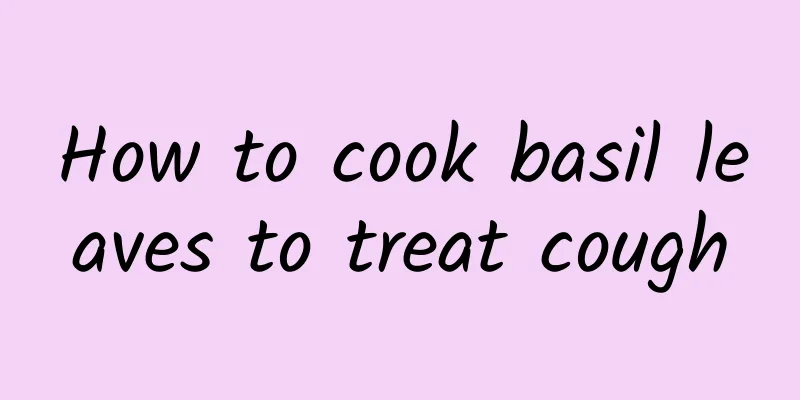Hot forehead but no fever

|
Some people feel their forehead is hot but they don't have a fever and their body temperature is normal. So what is going on? Moreover, most of the people who have hot foreheads but no fever are infants and young children. Why do infants and young children have hot foreheads but no fever? In fact, many parents are afraid that their children will be cold, so they dress their babies in more clothes and cover them with more quilts. This causes the baby's forehead to be hot but not have a fever. 1. Cold It may be a precursor to a cold, but the body temperature has not yet appeared. Fever may appear after a while. At this time, you need to measure your body temperature regularly. If the temperature is too high, you need to take medicine to reduce the fever. 2. Keep warm If the baby does not have a fever, it may be that he is covered up. You can wear less clothes or ventilate the room to let the temperature cool down naturally. Parents and the elders in the family are afraid that the baby will catch a cold. In fact, babies are more afraid of heat than us adults. Generally speaking, babies should wear the same number of clothes as adults, or one piece less than adults. Because children's metabolism is faster than adults, they dissipate more heat than adults, which makes their body temperature higher and they are less afraid of the cold. If you dress your baby in too many clothes or cover him with too many thick quilts, the baby will have a fever, resulting in a hot forehead but no fever. 3. What to do if your baby has a fever 1. When the body temperature is below 38.5℃, physical cooling is the preferred intervention. Fever is the most common symptom of infectious diseases in children. The treatment of fever can be roughly divided into "physical treatment" and "drug treatment". Generally speaking, when a child's body temperature is below 38°C, there is no need to use drug treatment, but choose the correct physical cooling method. For example, applying a fever-reducing patch, drinking plenty of water, and taking a warm bath can all help lower body temperature. 2. Infants and young children with a body temperature above 38.5°C need drug treatment. If you find that your child's body temperature has exceeded 38.5℃, parents should closely observe the child's condition so as to respond in time. For infants and young children, when their body temperature exceeds 38.5℃, they need to be given medication. 3. If the body temperature is above 39°C, medication should be taken under the guidance of a doctor. When a child's body temperature exceeds 39°C and is considered a high fever, Western medicine treatment is usually chosen. Currently, ibuprofen and paracetamol are commonly used antipyretics in clinical practice. These two types of drugs are relatively safe. But one thing that must be made clear is that parents should use the medication under the guidance of a doctor, especially pay attention to the dosage, and send the baby to the hospital for treatment in time. |
>>: Can boiling eggplant in water relieve cough?
Recommend
Can ventricular premature beats be cured?
Ventricular premature beats are a symptom of hear...
What to do if athlete's foot and rotten feet
Athlete's foot and toes rot are mainly caused...
Tips for dry throat and cough
Dry, itchy and coughing throat is usually caused ...
Female stomach pain on the left side
Abdominal pain is a very common symptom in life. ...
Is it good to suture scars with cosmetic needles?
Cosmetic injections are a relatively common medic...
Why can’t I get pregnant even though I ovulate?
Everyone knows that the first prerequisite for a ...
Is eating apples useful for constipation?
Constipation is a very common disease in life. Wh...
How to deal with women's puffiness
It is quite common for women to suffer from puffi...
Remove mosquito bite scars
Summer not only has annoying high temperatures, b...
What is eosinophilic blood disease
Eosinophilic hematopathy is a relatively rare blo...
There is a hard lump on the right side of my neck
The neck is a relatively sensitive part of our bo...
Symptoms of a low-grade fever
In life, low-grade fever is a very common disease...
How to Treat Allergic Purpura with Traditional Chinese Medicine
Allergic purpura is also a type of skin disease. ...
Dangers of drinking turmeric powder
Turmeric powder is a Chinese herbal medicine and ...
White Peony Root Removes Bad Breath
When we say someone has bad breath, we usually su...









